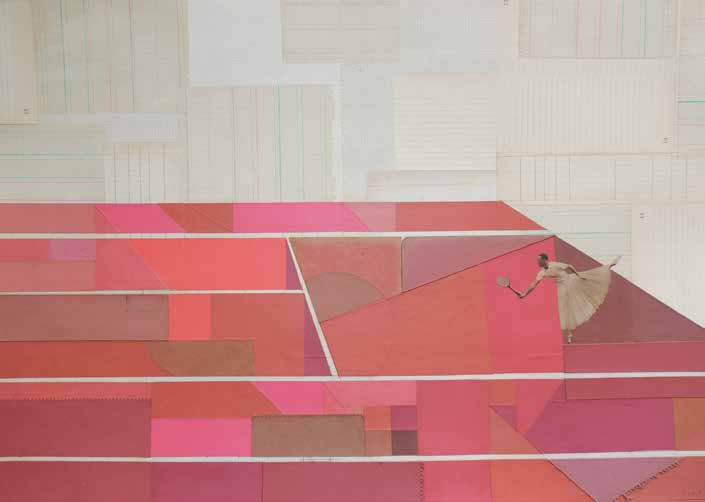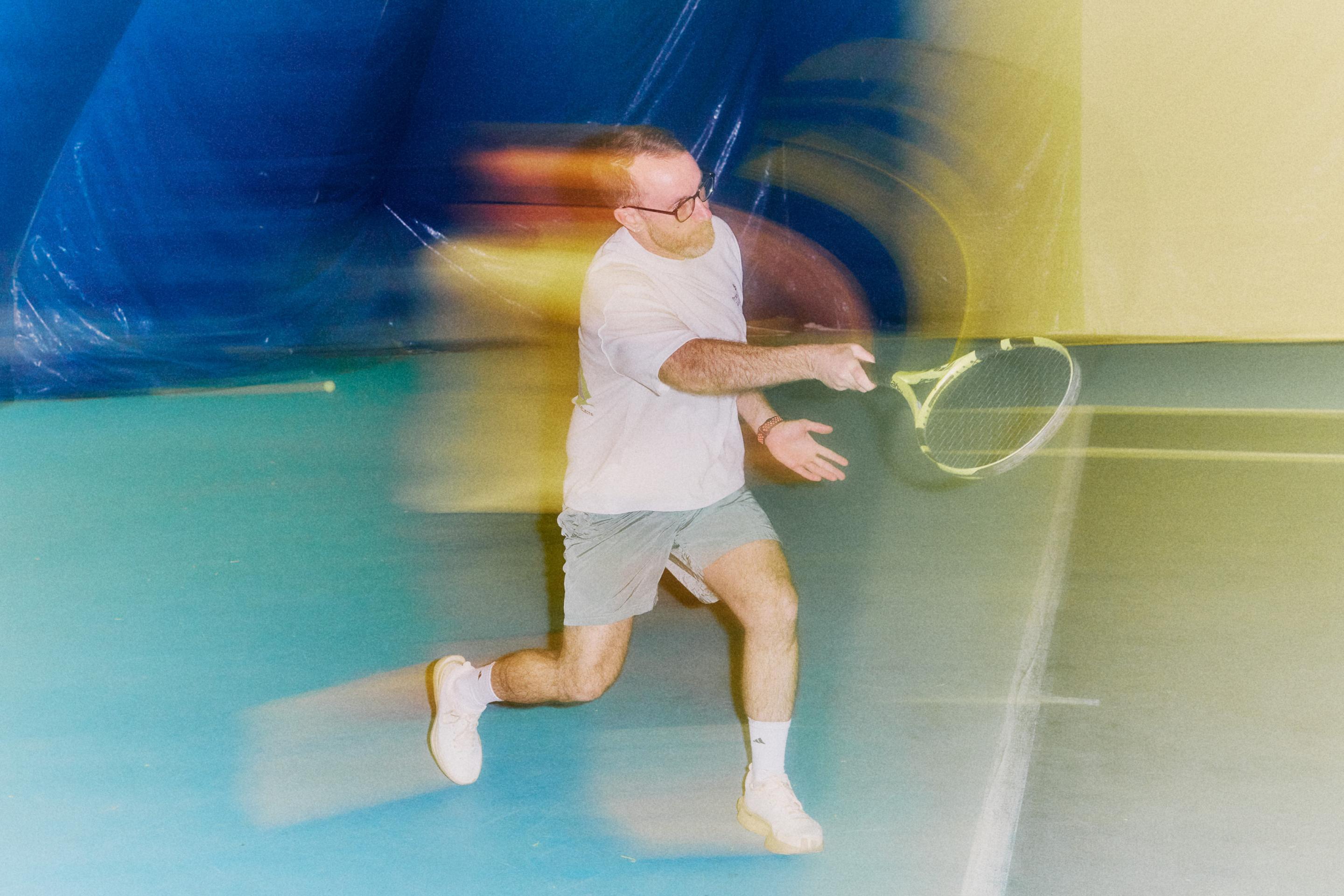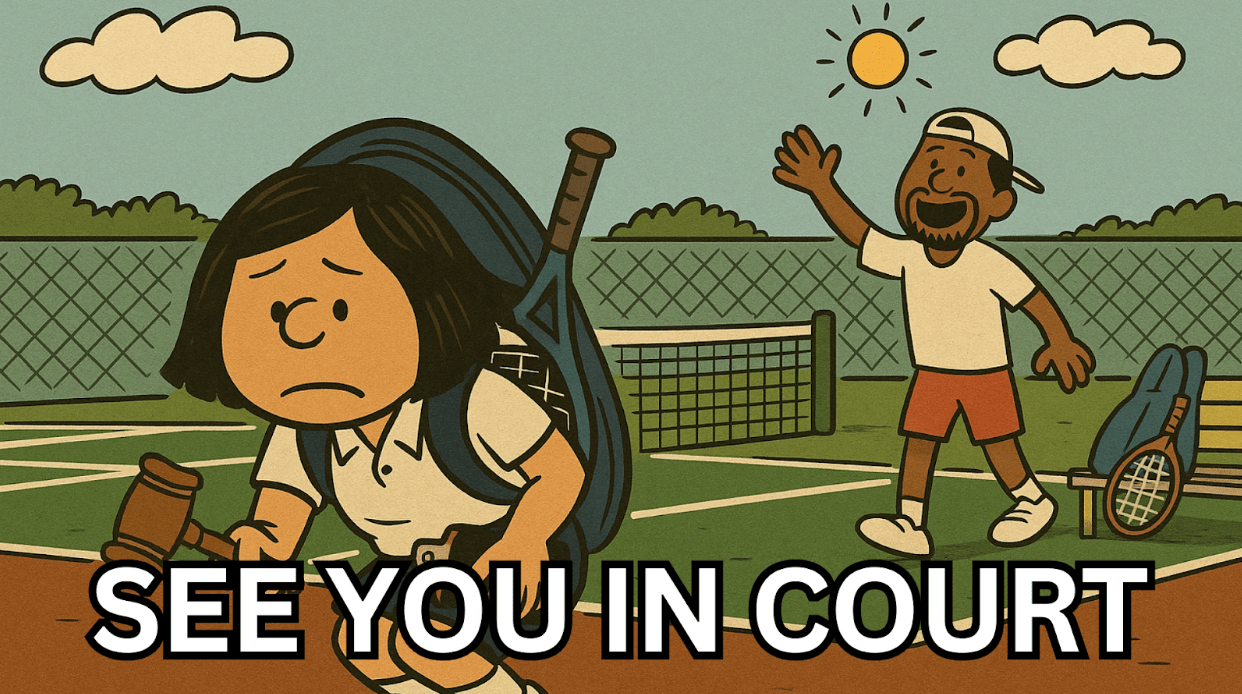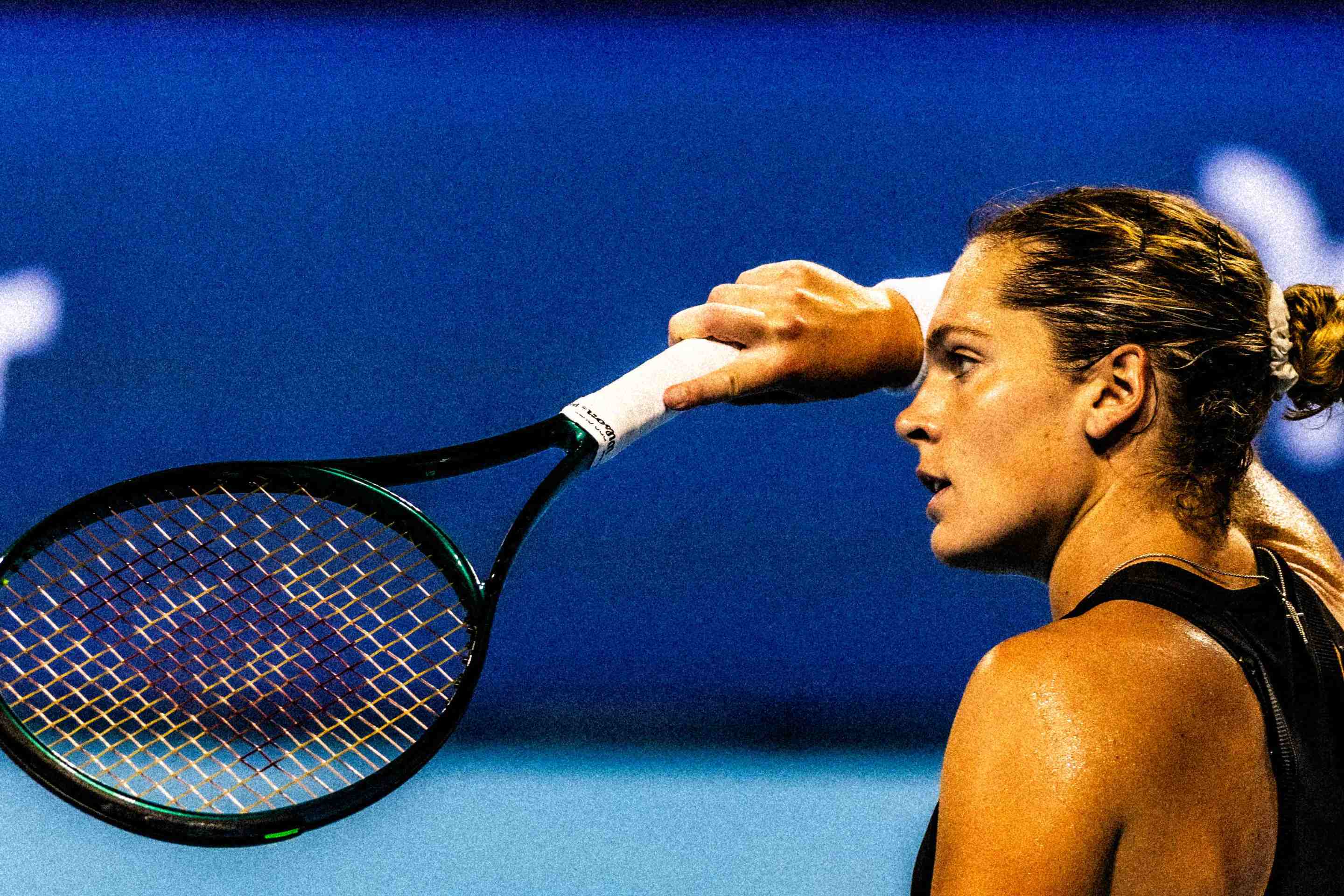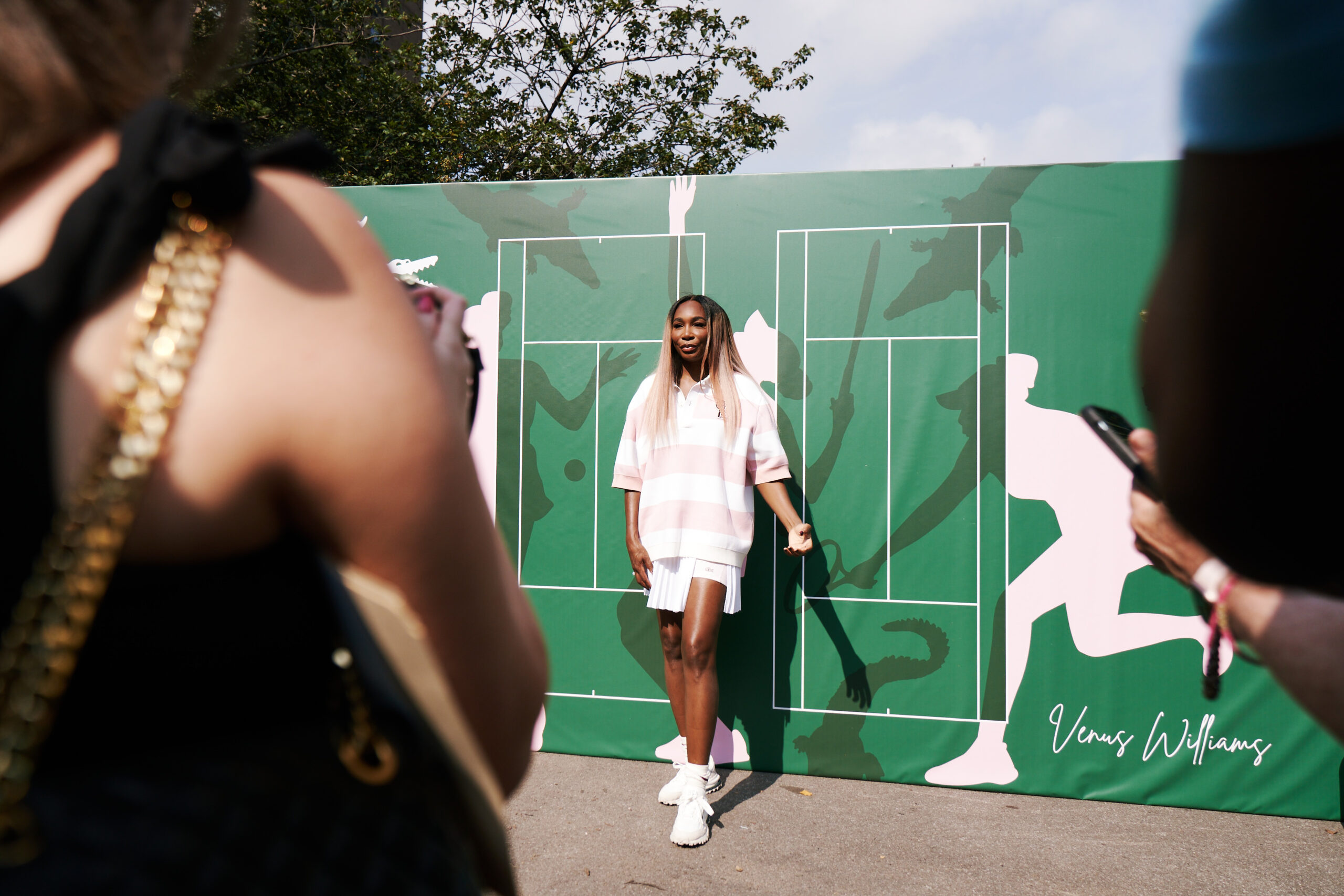Something to know about me in 2025 is that I’ve become the neighborhood voyeur. Four freshly renovated tennis courts opposite my apartment beckon me daily; a hooked index finger tempting me with good, honest time. An hour’s all I need to thrash about, try and prove something inconsequential to myself, defog the mirrors of my mind and leave a better woman. Only instead of playing, I watch.
Not by choice. I’m injured, and sheepishly so. Back stiffness I ignored became a herniated disc I couldn’t. Where tennis could once insulate me from the humdrum of gyms, I’d no choice but to join one to strength-train to build a butt to hold up a degenerate back.
Gyms and suffering notwithstanding, I can’t step outside without hearing the pleasant thwack of racquet meeting ball, or seeing a beet-faced disciple—one of us—at war with their mind-body connection. Sometimes, I set my burgeoning ass down on a bench and watch awhile.
These public courts—as with most in New York—draw players that are united in spirit, but divided on ability. Like yodeling at a funeral, pedigreed players finesse their backhand overheads next to hatchlings hitting forehands with elbows bent like boomerangs. Players old and new seem happy to the untrained eye, which is to say their happiness is routinely threatened by self-doubt and frustration, core tenets of the recreational mindset.
What follows is a scene report from one morning in late March.
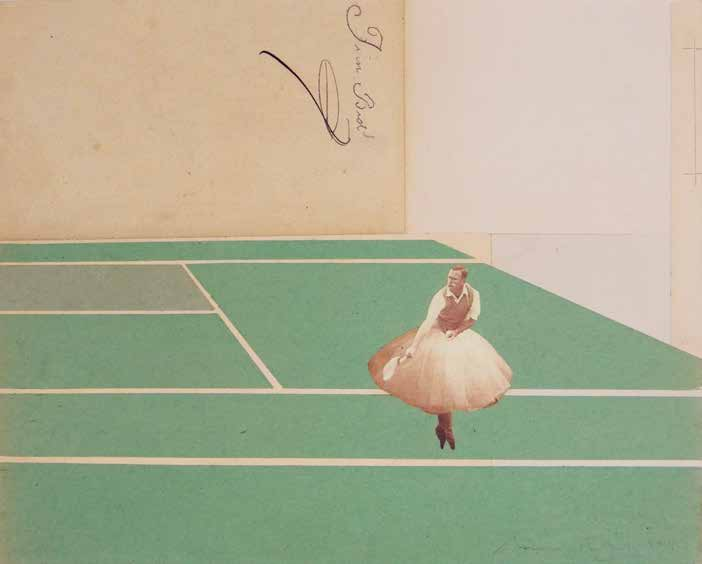
A guy and a girl; both 30-something. Their footwork and easy tempers imply two childhood players. His forehand is rhythmic and precise, though his one-handed backhand is so disorderly I suspect its provenance is Freudian, not unlike my forehand’s. With each error, he smacks the base of his shoes with his racquet (Yonex) as if they’re clogged with clay (it’s a hardcourt). He’s partial to the fake curse word “shoot”—something I don’t have the discipline for despite the neighboring playground.
Her backhand is better, and it happens to look like mine: two-handed with a compact take-back, and timely, thank you very much. She’s sending some bangers crosscourt into his backhand, which can be credited for much of his chagrin. Were I him, I’d be laughing off my blunders through gritted teeth; thinly veiled heartbreak on full display, contemplating my devolution to pickleball. If I were her, I’d be chuffed to have an audience, no matter how small.
Two guys with backwards caps and a fondness for sweat-wicking technology. One tethers his phone to a selfie stick and slips it into the fence behind him, eager to ascend to new heights of self-awareness. The teasing stops here because both are pretty good—the tripodless guy deceptively so, landing forehands late and later, balls whipped up at the last minute in the manner of Nadal. I remove an AirPod to eavesdrop as the other says, “Nice shot, bro.” Everything is as it should be.
“Drop the racquet head,” calls a mother to her tweenage daughter after another ball kisses the net tape. “And body weight moving forward,” she adds. Mom is cheery, basket-feeding unfluctuating balls as if she might have non-family clientele. The daughter nods. I see her mind bending with all the disparate cues that must somehow converge in a single shot. A shot they can both be proud of.
She prepares comically early for her next forehand; a moon-mouthed toddler awaiting the aeroplane spoon. Spooning, as it were, best describes her racquet making a right angle with the court to scoop the next ball, before her extended arm garnishes it with a little topspin. Her slight frame very nearly gets some air, and her shot skims the baseline. Mom heartily approves and daughter grins. This is an example of a healthy relationship, I think to myself.
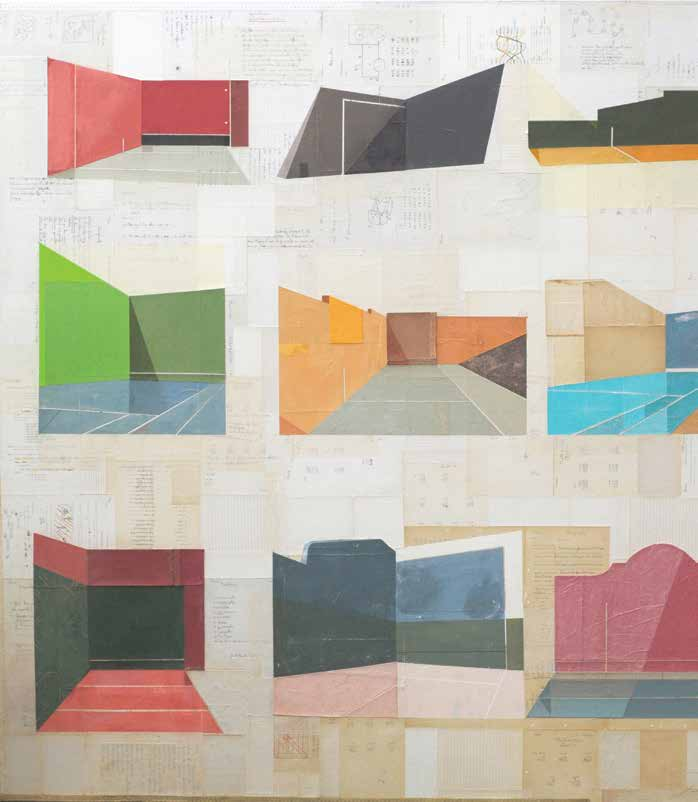
A group of relative beginners playing doubles. They plod about, lobbing without purpose or concern for what it means to follow through. But they laugh; oh how they laugh. A mid-twenties guy in board shorts and a hoodie frames his serve, the sedate ball plopping scarcely over the net: the gentlest of aces. All four hoot uncontrollably and I control my urge to join in—with love—lest my illusory panopticon (a fence with holes in it) crumbles around me.
I leave bereft, but also with the thought that people should play doubles more. In New York, playing doubles affords you double the public court time; two hours instead of one. It also means you can get your socializing out of the way in the morning to make way for whatever deranged private activities you’re beholden to at night. Doubles can also, famously, rebrand our gaffes from a self-loathing shame spiral to no big deal, mate. Triumphs won’t overinflate your ego because the glory must be shared. More doubles might even help us shake the bratty, elitist reputation that has been foisted upon us, but probably not.
For now, I must keep picking things up and putting them down, thinking swole thoughts, inching my way back to the game that cracks me open and reassembles me—all before Wall Street opens. And if my adrenals take a hit on my homecoming? I’ll play doubles with anyone who’ll have me.
Melissa Kenny is a brand strategist and writer living in Brooklyn. Her Substack, Hard Hitting, is about the frustrations of recreational tennis.
